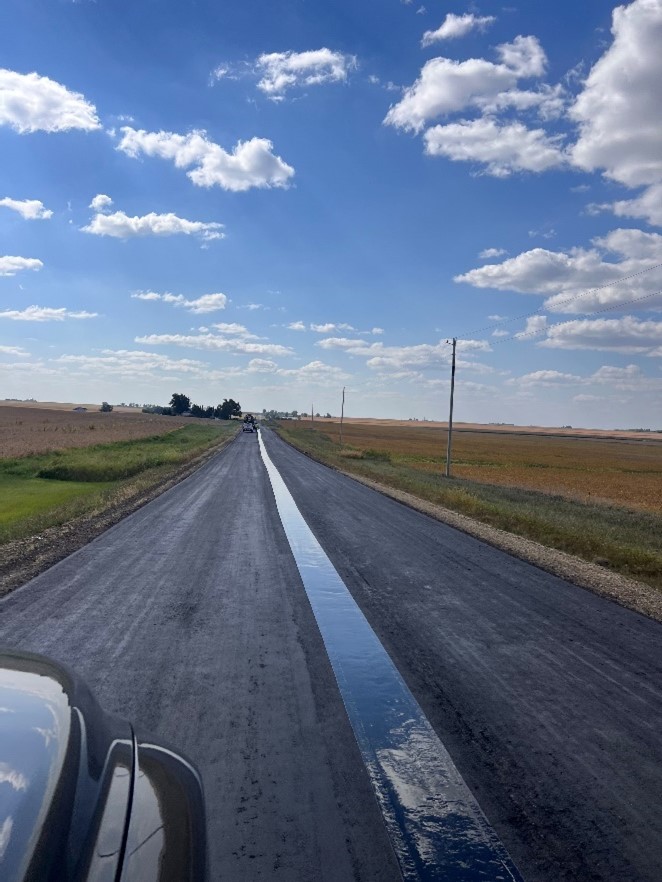Written by Naarah Holloway Asphalt, often overlooked in our daily lives, is the unsung hero beneath our feet. It provides a smooth, reliable surface for our driveways, roads, parking lots, and more. Although asphalt is important, the deterioration of the road can lead to a multitude of issues such as potholing,...






